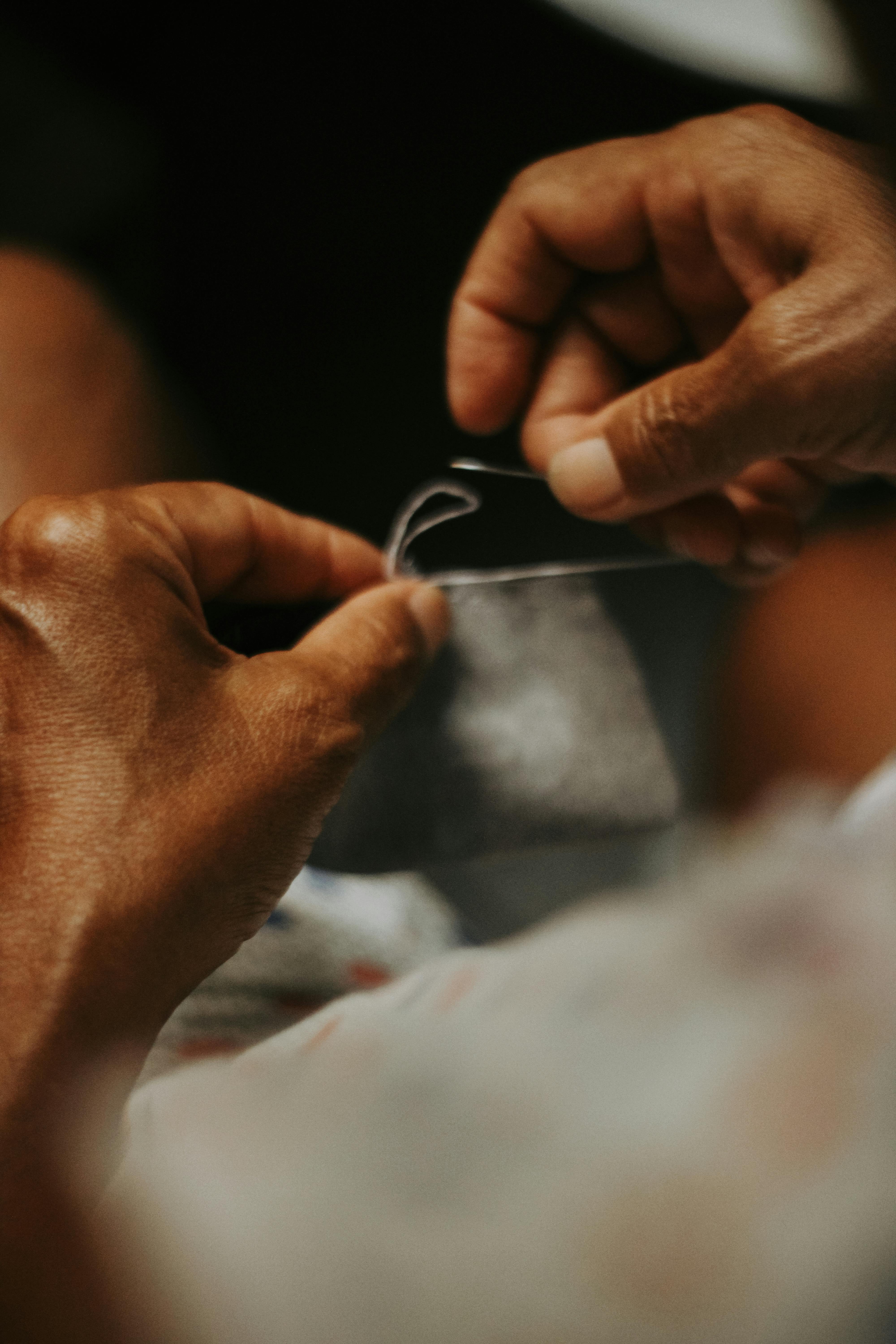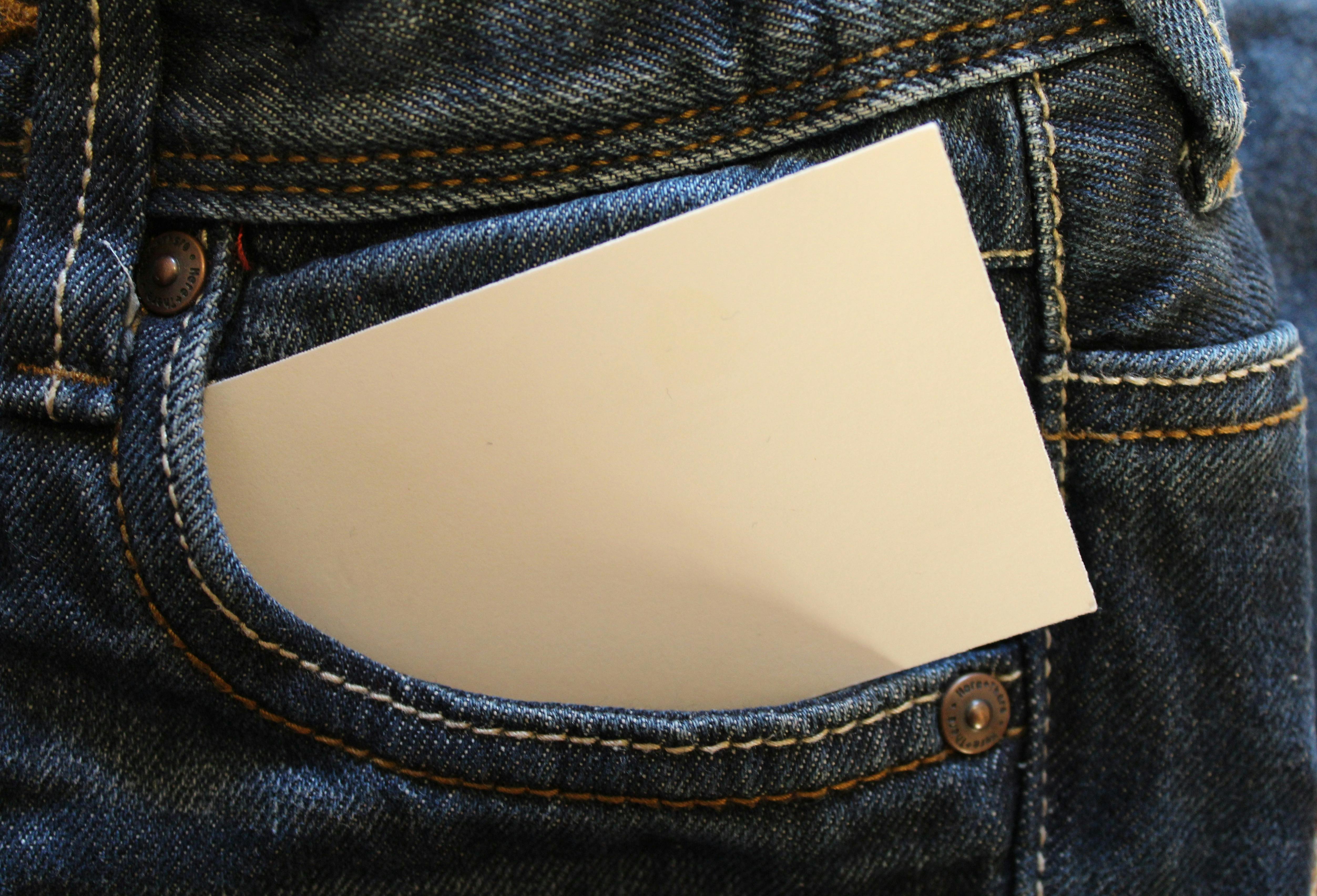
How to Repair and Patch Your Jeans at Home
At Be Jeans, we believe in quality denim that lasts. But even the most durable jeans experience wear and tear over time. Instead of tossing them away, learning how to repair jeans at home helps you extend their lifespan, save money, and reduce waste.
In this step-by-step guide, we’ll walk you through the best DIY techniques to fix your denim, whether you prefer sewing or no-sew methods.
Why Repairing Your Jeans is a Smart Choice?
- Saves money – No need to buy new jeans when you can fix the old ones.
- Sustainable fashion – Reduces textile waste and supports eco-friendly living.
- Retains comfort and fit – Keeping your favorite pair intact without adjustments.
- Customizable repairs – Adds character to your denim with unique patches and stitches.
Now, let’s dive into how to repair your jeans at home.
Common Types of Jeans Damage
Before repairing, you need to assess the type of damage to choose the right method.
1. Rips and Tears
- Common in high-stress areas like knees and thighs.
- Can be patched using sewing or no-sew methods.
2. Frayed Hems
- Often occurs at the bottom edges of jeans due to constant wear.
- Can be trimmed and reinforced with stitching.
3. Torn Belt Loops
- Happens due to excessive pulling or tension.
- Requires stitching reinforcement for a secure fix.
Essential Tools and Materials for DIY Jeans Repair
Before you start, gather these tools for effective and long-lasting repairs:
- Needles – Heavy-duty or denim needles for sewing.
- Thread – Matching the color of your jeans for seamless repair.
- Patches – Denim fabric scraps or iron-on patches.
- Fabric glue or fusible web – No-sew alternatives for quick fixes.
- Scissors – For trimming frayed areas and cutting patches.
- Sewing machine (optional) – For stronger, faster repairs.
Step-by-Step Guide to Repairing Jeans
1. Hand Sewing Patches
For small to medium-sized holes, hand stitching a patch ensures a durable fix.
Step 1: Prepare the Area
- Trim loose threads around the hole.
- Cut a patch slightly larger than the hole.
Step 2: Position the Patch
- Under-patching: Placing the patch inside the jeans for a subtle look.
- Over-patching: Placing the patch on top of the hole for a visible, rugged style.
Step 3: Stitching the Patch
- Use a whipstitch or running stitch to secure the patch.
- Ensure the stitches are tight and evenly spaced for durability.
2. No-Sew Methods
If you don’t want to sew, try these quick, no-sew alternatives.
Iron-On Patches
- Place the adhesive side of the patch over the hole.
- Heat your iron to medium-high and press firmly for 30 seconds.
- Allow the patch to cool and set before wearing.
Fabric Glue Fix
- Apply fabric glue around the hole's edges.
- Firmly press the patch onto the glued area.
- Let it dry for at least 24 hours before wearing.
3. Darning – Weaving New Threads into the Fabric
Darning helps rebuild the fabric’s weave, making it ideal for small holes.
By Hand
- Weave horizontal and vertical stitches across the hole.
- Try to match the fabric weave for a seamless finish.
Using a Sewing Machine
- Set your machine to a zigzag or darning stitch.
- Stitch over the hole until the fabric looks complete.
How to Repair Specific Areas
Some parts of your jeans require special repair techniques.
Repairing Frayed Hems
- Trim frayed edges for a neat finish.
- Reinforce the hem with a straight stitch to prevent further fraying.
Fixing Torn Belt Loops
- Align the belt loop back to its original place.
- Sew it back using a strong backstitch for reinforcement.
Tips for a Professional Finish
To make your repair look clean and professional, follow these tips:
- Use matching thread – Helps the repair blend in with the denim.
- Keep stitch lengths even – Avoid messy, inconsistent stitching.
- Iron the repaired area – This sets the stitches and smooths the fabric.
How to Prevent Future Wear and Tear?
To keep your jeans in top condition, take these preventative steps:
- Wash inside out – Reduces friction and prevents fading.
- Use cold water – Hot water weakens denim fibers.
- Reinforce weak spots – Add extra stitches to high-stress areas before they tear.
Final Thoughts
At Be Jeans, we celebrate the timeless appeal of quality denim. Learning how to repair jeans at home is a valuable skill that saves money, reduces waste, and extends the life of your favorite pair.
Whether you choose hand stitching, no-sew methods, or darning, maintaining your jeans has never been easier. Try these techniques today and give your denim a second life!
Looking for a new pair of durable, high-quality denim? Explore Be Jeans where craftsmanship meets timeless style.








